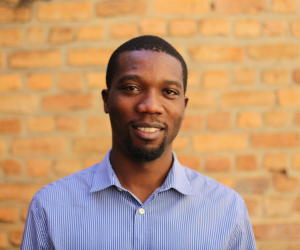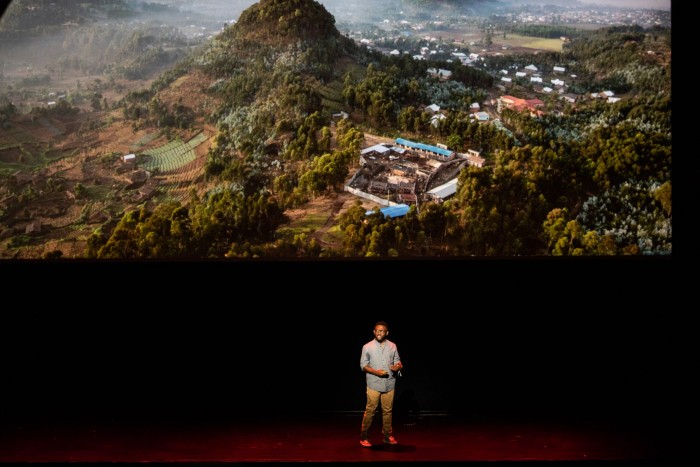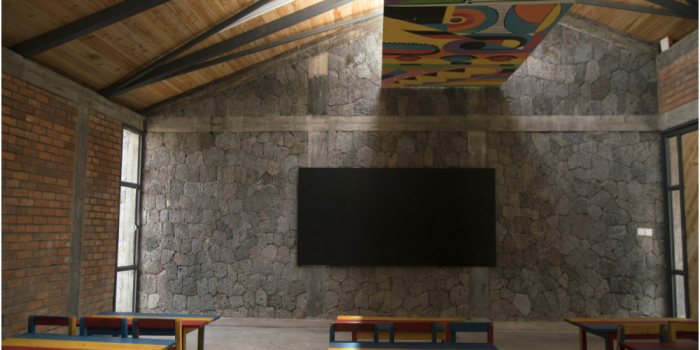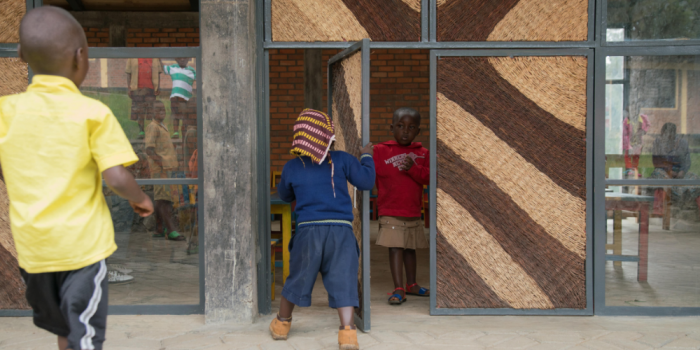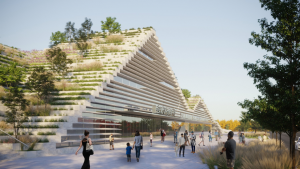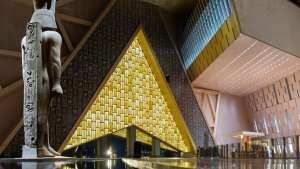From the Series
As part of the 2016 Design Indaba Emerging Creatives class, Tshepo Mokholo got the chance to listen to talks from the main speakers at that Design Indaba Festival. The Soweto-born architect and designer was so moved by a talk by Rwandan star-architect, Christian Benimana, that he had to meet him. This year, Mokholo graced the Design Indaba Conference stage himself, inspiring others as he was inspired by Benimana.
He says he remembers Benimana asking the following questions about buildings during his presentation: Can a building heal? Can a neonatal ward celebrate childhood, and can a health clinic end an epidemic? Can architecture be a catalyst for peace and reconciliation?
Intrigued and galvanised, Mokholo hunted Benimana down after his talk, peppering him with questions about this ‘human-centred’ approach to architectural design. The Programs Manager at Rwandan architecture firm, MASS Design Group, Benimana suggested he apply for the African Design Centre (ADC) fellowship, an intensive twenty-month programme that explores a broad spectrum of design skills while placing an emphasis on African materials and processes.
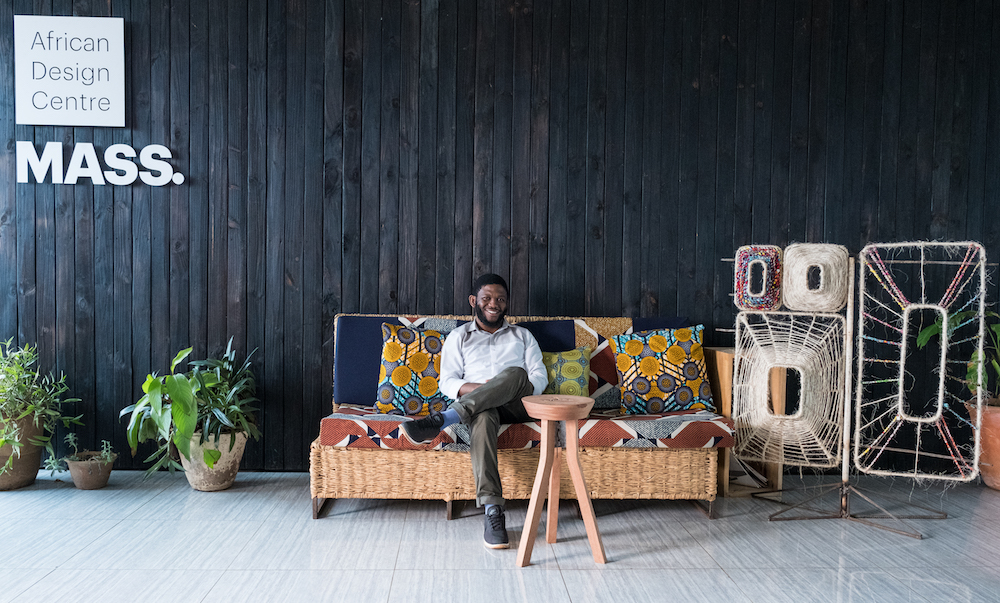
Today, Mokholo is one of eleven fellows who were chosen for the ADC’s inaugural fellowship. Based in Kigali, Rwanda, the fellows’ work on a variety of projects that increase in scale as the fellowship progresses. From activities that explore furniture and product design to craftsmanship training, every aspect is designed to encourage a sense of curiosity and creativity amongst the fellows and provide a holistic perspective from which to look at architecture in Africa.
While at the ADC, Mokholo has spent time exploring how new layers of creativity and ingenuity can be applied to existing cultural practises like pottery, weaving and woodwork. To give them a greater degree of architectural value, he began looking at how he could apply the process of weaving to building panels, extrapolating woven baskets traditionally applied as decorative wall elements in Rwanda.
“I had to ask myself, ‘How does this become the panel itself?’” Mokholo says. “I created different depths and sizes of baskets to create a composition, applied different types of materials and colours to that process, and it became this panel.”
The final stage of their training will see the design and construction of a functional school in Musanze, the process of which is as immersive as possible. The fellows spent three days engaging the community, talking to students and staff to find out what kinds of needs they have, what they expect a building to provide, and how to best deliver impact-driven solutions to the challenges they face.
“The design emerges from that engagement rather than us coming in with preconceived ideas and notions. That allowed us to begin to understand the community, the school and what exists around that area in terms of material and informs what the school will become. I think the design really challenges the architectural vernacular of the area at the same time that it borrows a lot from it. What we’re trying to show is that design can take what is existing and design can take it to the next level, which is what really excites me and a lot of us here at the ADC.”
His interactions with the ADC fellows, he tells us, has instilled a sense of pride in him when it comes to being an architect from the continent. There’s a consistency he’s noticed in how African architects see things, one that he thinks should be celebrated and seen as an advantage rather than a hindrance.
“There are so many ideas that have been brewing in my head since I’ve been here,” says Mokholo. “I’ve been so inspired by the work that we’ve done and I’m itching to go back home and really start to apply some of the things that I’ve learned and the knowledge that I’ve gained. Not just from people in Rwanda but also from my colleagues who’ve really helped me to approach design from a more Pan-Africanist standpoint.”
Images of Tshepo by photographer Earl Abrahams.


